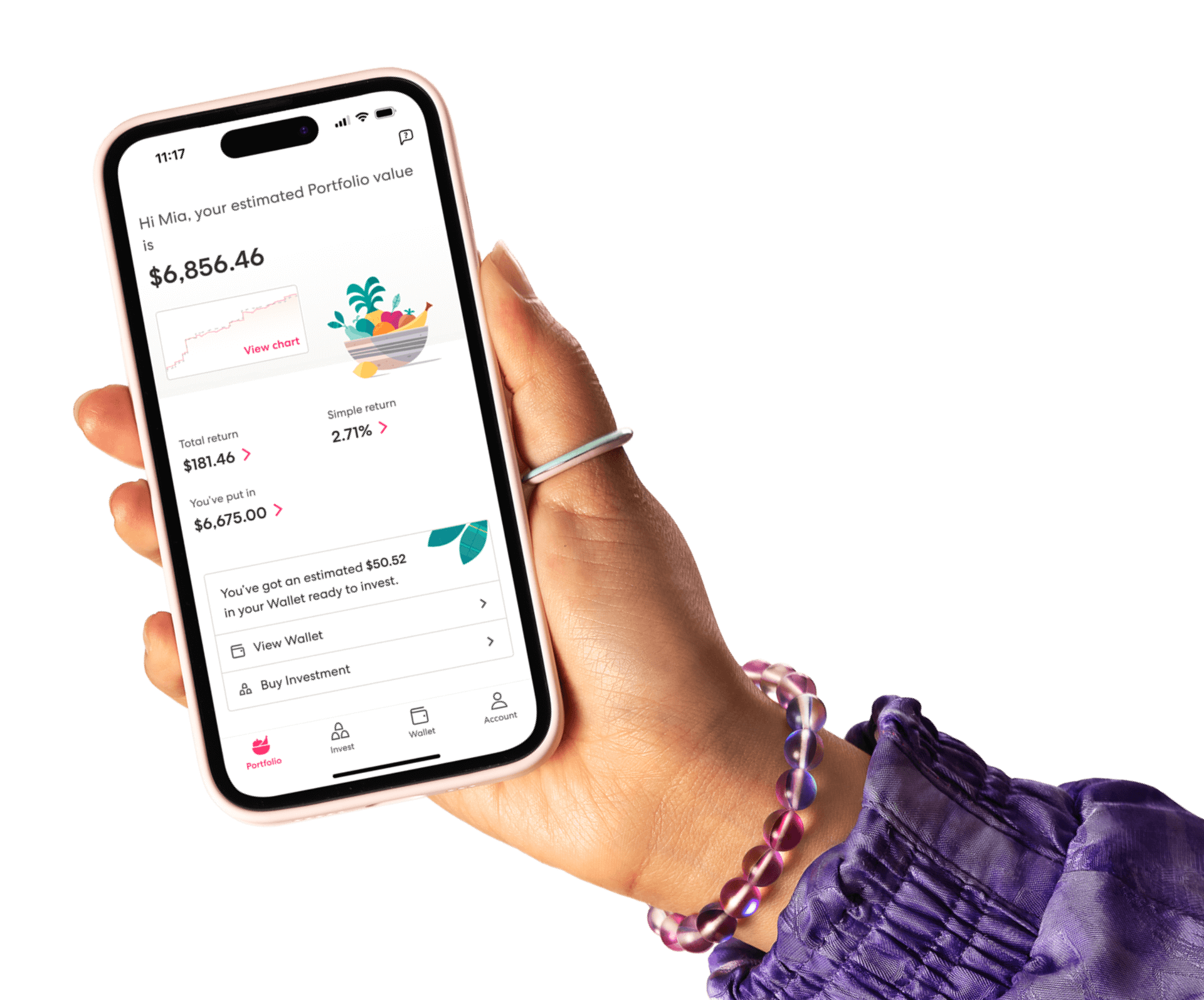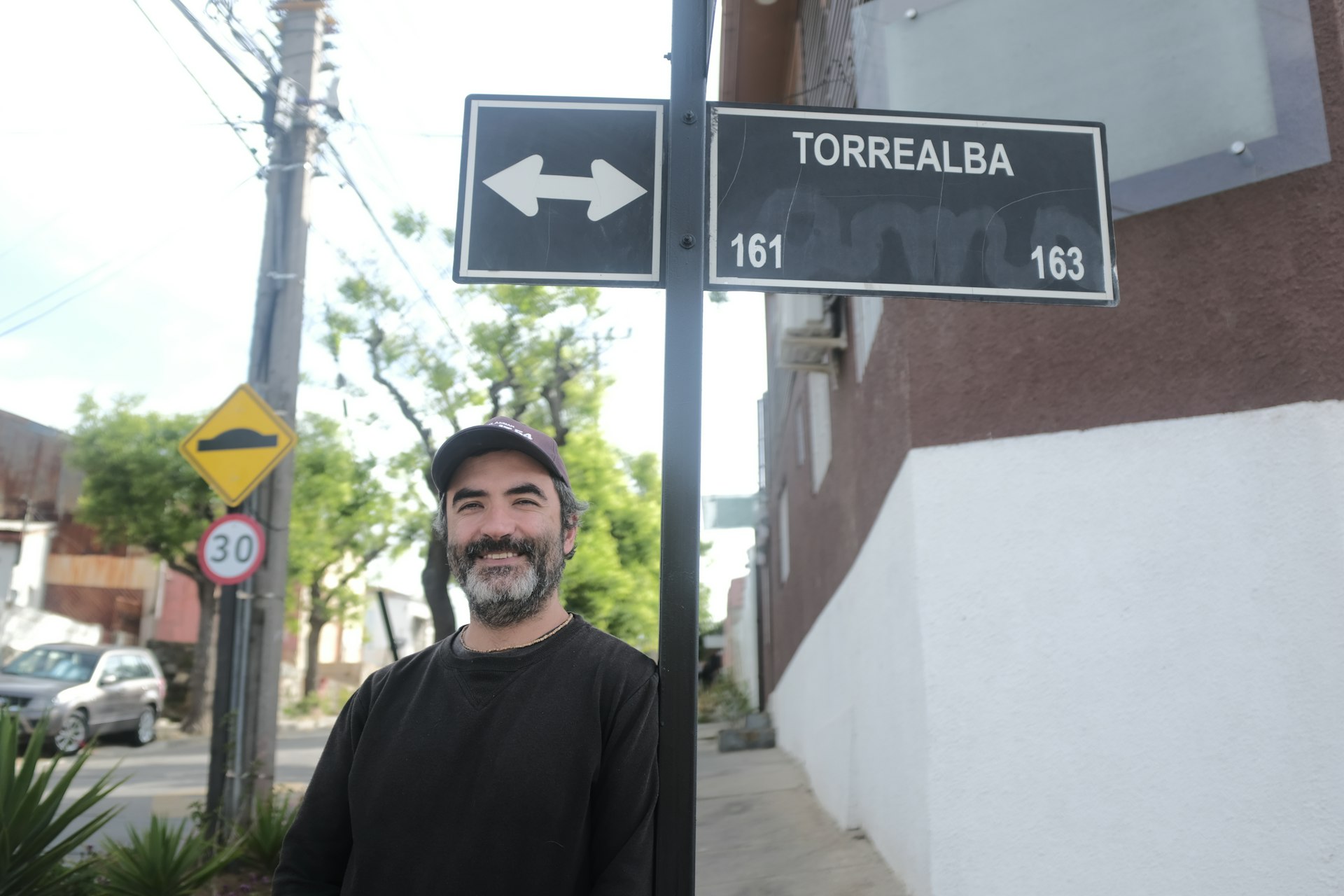Investing 101: how to start investing
So you want to start investing with Sharesies. The problem is, you have no idea where to start. That’s okay! We’re here to help with this handy guide.

Why invest in the first place?
A general rule of the thumb with investing is that to earn more, you need to risk more. Putting money in the bank is pretty low-risk, but you pay for that lower risk when you get a low interest rate.
Investing in shares generally pays a higher return than putting money in the bank. But, there’s a higher likelihood that your shares will lose some (or all) of their value.
It may be tempting to just stick your money in a savings account. After all, you know you can get it whenever you need it, and you’ll get paid steady, but relatively low, interest rates.
This is probably a good approach if you’re intending on using the money soon—for example, for an emergency account. But if you’re saving for the long term, you can get away with taking a little bit more risk. Over the long run, taking more risk will likely give you higher returns.
Step #1: learn what’s out there
There are two main ways to invest through Sharesies. You can buy shares in specific companies, or you can invest in funds. A fund invests your money in a “basket” of other stuff, like shares in companies, bonds, property, or even just savings accounts!
Investing in funds helps you to diversify, by spreading your money across lots of different things, while investing in companies lets you fine-tune your portfolio to your specific goals. You can spread your investments across as many companies and funds as you like!
Step #2: make sure you’re comfortable
While it’s true that you can get higher returns by taking on more risk, you need to also invest in a way that you’re comfortable with. If you’re not comfortable taking risks, you’re more likely to panic and sell when your investment drops in value. This would leave you worse off than before!
A good way to find out what kind of investor you are is to take this quiz created by Sorted. It’ll give you an idea of how much risk you’re comfortable with.
Step #3: choose the investments that are right for you
Once you’ve figured the type of investor you are, take a look at Sharesies and find some things that match your appetite for risk. If you understand and have a higher appetite for risk, you might decide to go with something more volatile, or higher risk. If you’re more cautious, you might choose to invest in something lower-risk.
And remember that each investment is just a part of your overall portfolio so be sure to think about what that bigger picture looks like as you add parts to it. Once you make this investment, what’s the big picture going to look like? Is it going to change? If so, are you comfortable with how things look after this investment?
It’s all about what you’re comfortable with. If you invest in things you’re comfortable with, you’re probably going to be more likely to stick with investing. And the more you invest, the more comfortable you will get with the roller coaster ride of the markets and be more likely to invest in that more risky/returning stuff later on.
Step #4: choose an amount and get going
Okay, now that you’ve figured out the basics of investing, and what you want to invest in, it’s time to get started! One option is to choose an amount per week, fortnight or whatever works for you, and just transfer that to Sharesies on a regular basis.
Choose an affordable amount that’s right for you—high enough to make a difference, but low enough that you don’t constantly raid your Sharesies account when you want to go out for coffee, beers, or anything else that would be tempting enough for you to hit the withdraw button! Could be $20, could be $500—it’s up to you.
Step #5: reassess every now and then
It’s tempting to set and forget, but you don’t want to completely forget. As you get more comfortable with investing, your tolerance for risk may increase (or decrease!) Your income may change, or you may decide to change your spending habits. All these things flow into the amount you invest and what you invest in. So set a reminder to check up every few months. Make sure you’re happy with your investments and make changes as you need to.
Ok, now for the legal bit
Investing involves risk. You aren’t guaranteed to make money, and you might lose the money you start with. We don’t provide personalised advice or recommendations. Any information we provide is general only and current at the time written. You should consider seeking independent legal, financial, taxation or other advice when considering whether an investment is appropriate for your objectives, financial situation or needs.
Join over 600,000 investors



